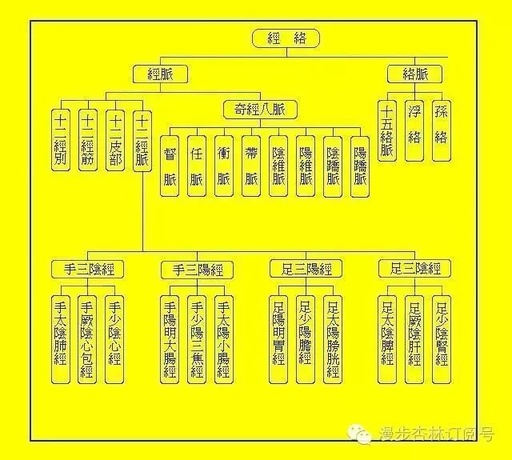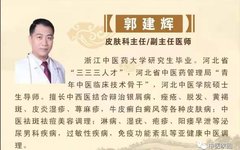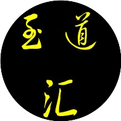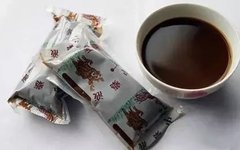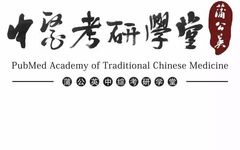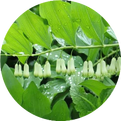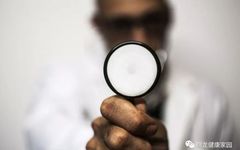Diagnosis and Treatment of Headache with Wu Zhu Yu Decoction in a 16-Year-Old Patient
Temporal, Frontal, and Orbital Pain for 2 Months Diagnosis Scene A 16-year-old male patient was diagnosed on January 2, 1988. The patient began experiencing dizziness and headaches six months prior. Two months ago, after a high fever (39°C) due to a cold, the headache suddenly worsened, accompanied by drowsiness, vomiting, dilated pupils, blurred vision, sore … Read more


